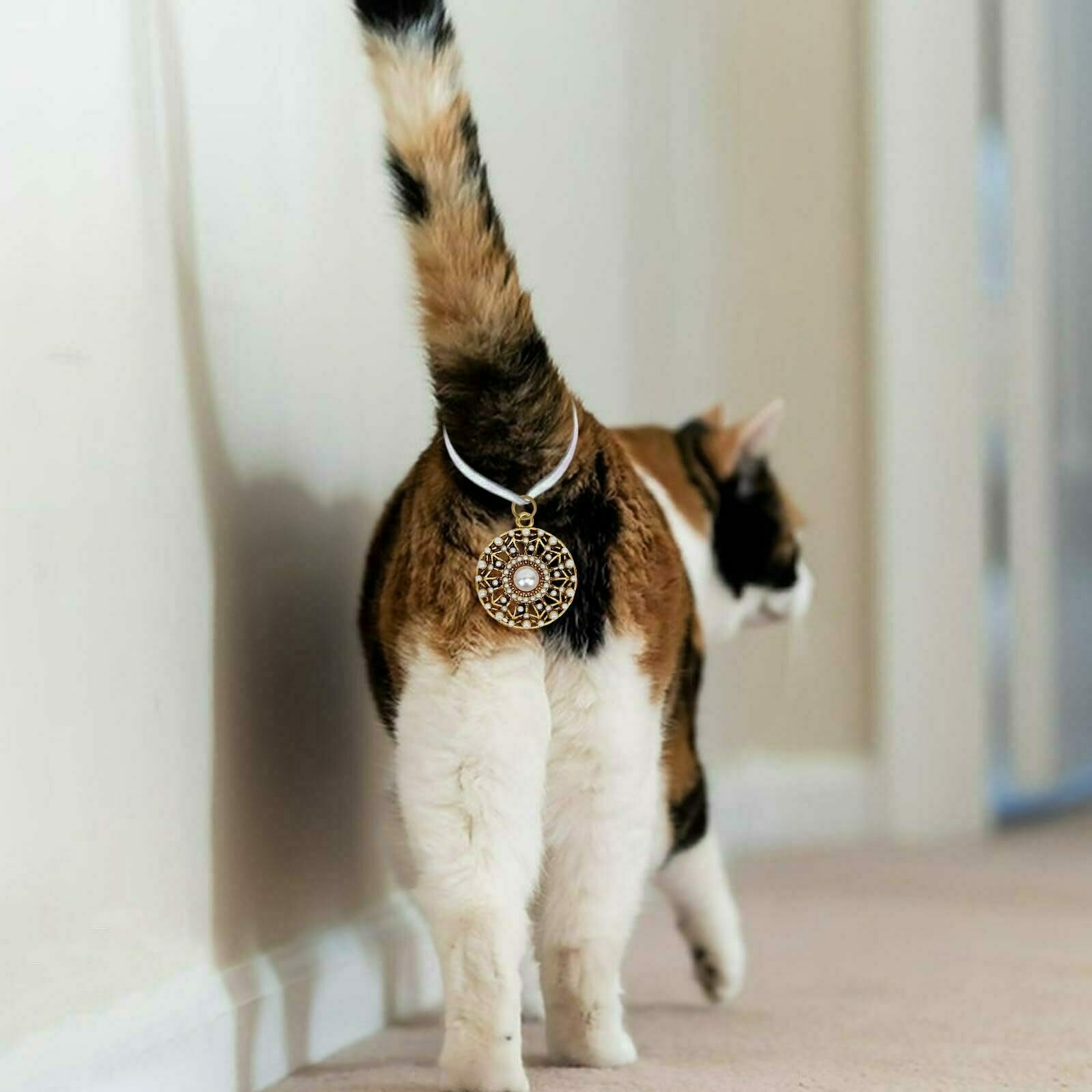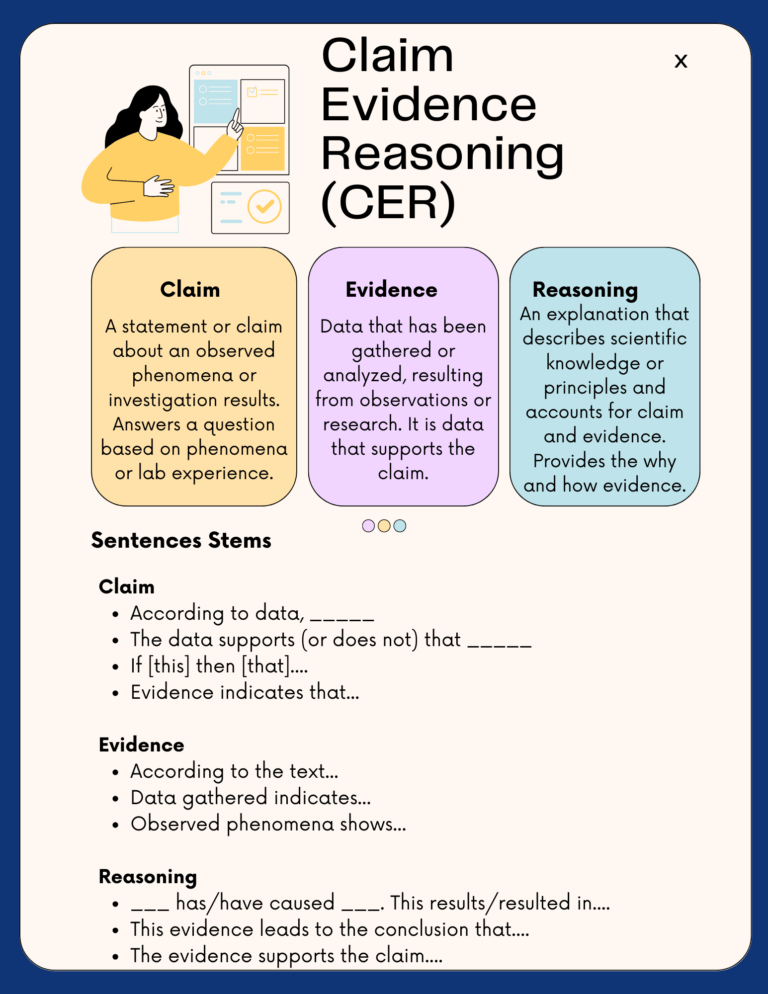Bringing CER to Life with Hilarious (and Gross) Student Science Projects #tcea #edtech #tceajmg #science

Maybe we’ll all be investing in this accessory for our short-haired cats.
Note: This article was generated by AI from a Facebook post. Remember to laugh. That aside, it’s all true.
A Story for You (True)
Hey fellow science teachers! I’ve got a story for you that’s sure to grab your students' attention while perfectly illustrating the Claim, Evidence, Reasoning (CER) model baked into the new Texas science TEKS.
It involves an 11-year-old boy, some non-toxic lipstick, and a very important question: Does your cat’s butthole really touch all the surfaces in your home? Yes, you read that right. Let’s dive into the delightfully disgusting details.
The Claim
Our young scientist, Kaeden Griffin, made the claim that cat anuses make contact with various household surfaces, leaving…evidence…behind. A bold hypothesis to be sure!
The Evidence
To test his claim, Kaeden employed a simple yet brilliant method - he painted his cats' buttholes with non-toxic lipstick to see where colored…smudges…would appear around the house.
The results were enlightening:
- Cats with medium and long hair didn’t make contact with hard or soft surfaces (their fluffiness acted as a barrier)
- Cats with short hair avoided hard surfaces too
- But those short-haired kitties did indeed leave lipstick marks on soft surfaces like bedding and furniture cushions
As a colleague, the proud owner of a shorthair cat affectionately nicknamed “Skidmark,” said to me, “I can’t say I’m surprised by that last finding!”
The Reasoning
What can we learn from Kaeden’s admittedly crude but incredibly creative experiment?
First, it perfectly encapsulates the CER model. Kaeden made a claim, gathered evidence through hands-on investigation, and used that evidence to reason about the validity of his original hypothesis.
Second, it shows that science doesn’t have to be boring or overly serious. The best experiments often come from asking silly or unexpected questions - the kind kids excel at!
Finally, it highlights how education technology can enhance science instruction. You could easily have students:
- Create video presentations explaining their own CER projects
- Use a shared online whiteboard to map out their claims, evidence, and reasoning
- Collaborate on data analysis using a cloud-based spreadsheet
- Design virtual reality simulations to test hypotheses without…painting cat buttholes
The possibilities are endless when you combine core science practices like CER with powerful edtech tools.

So let’s take a page from Kaeden’s book and get our students excited about hands-on science! Who knows, maybe their weird questions and wacky experiments will lead to the next big breakthrough.
As Kaeden’s mom said, “Science is the best tool we have to learn about the natural world (including cat butts)…And we definitely need more young people in science!!!”